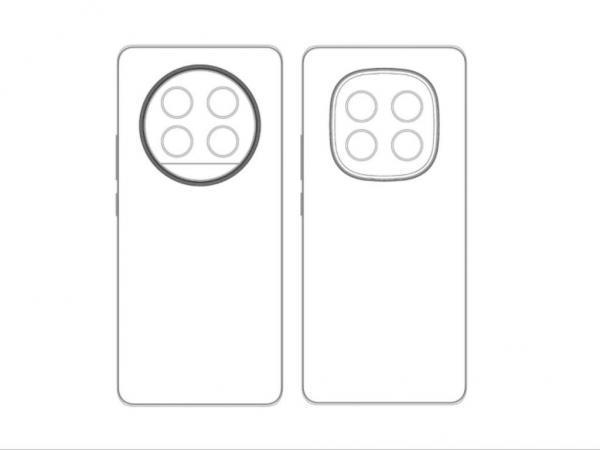The realme 13 Pro+ is about to be released: This will be the best phone for photography under 1000 yuan!
![]() 07/04 2024
07/04 2024
![]() 695
695
Entering the second half of 2024, we all know that there are many new phones to be released in the mobile phone market this year, including the realme 13 Pro+.
So, let's take a look at the exposure of the realme 13 Pro+ together today.
First, regarding the realme 13 series, realme has started to warm up in overseas markets recently. From the official preheating poster, it seems that the realme 13 Pro series may adopt a plain leather material back cover, paired with a centered circular Oreo rear module. The lens Deco also has疑似Paris nail texture decoration, and the most unique feature is the word "HyperImage" on the lens. Previously, Xiaomi (HyperOS, Pengpai OS) is well-known for using the word "Hyper," so is this a "collaboration" with Pengpai Imaging?
In addition, it is worth mentioning that the realme 13 Pro+ has obtained network access permission, and the phone mainly focuses on imaging, which will be the best phone for photography under 1000 yuan.
In terms of specifications, the realme 13 Pro+ adopts a 6.7-inch 2412×1080 full screen, equipped with a Snapdragon 7s Gen2 chip, a 32MP front camera, a 50MP main camera + 8MP ultra-wide-angle + 50MP telephoto lens on the rear, and a rated 5050mAh battery supporting 80W fast charging. It measures 8.2mm thick and weighs 190g.
Moreover, the realme 12 Pro+ pioneered the introduction of a large-aperture mid-range periscope telephoto lens into the mid-range phone segment. Recently, news about the realme 13 Pro+ has been exposed, and it is expected to continue to carry a large-aperture mid-range periscope telephoto lens.
Specifically, the realme 13 Pro+ is the first to be equipped with Sony IMX882 periscope telephoto lens, supporting 3x optical zoom.
Compared to the 64MP of the previous generation OV64B, the Sony IMX882 has 50MP, with a sensor size of 1/1.95 inches (the OV64B sensor size is 1/2 inches), and a unit pixel area of 0.8μm (OV64B is 0.7μm).
In terms of industrial design, the realme 13 Pro+ continues the design language of the previous generation, adopting a circular camera Deco, with a curved screen on the front and a centered punch-hole design.
In addition, the phone will be released after the realme GT6.
By the way, in addition to network access permission, the phone also obtained CMIIT model approval on June 11.
In addition, compared to this, the realme 12 Pro+ released in February this year is equipped with a Snapdragon 7s Gen 2 processor, while the realme 12 Pro is equipped with a Snapdragon 6 Gen 1 processor. This shows that realme has achieved rapid iteration in processor technology in just a few months.
Both the realme 12 Pro series phones adopt a 6.7-inch 2412×1080 OLED dual-curved screen with a global maximum brightness of 800nit and a local peak brightness of up to 950nit. In addition, the screen supports a 120Hz refresh rate, 2160Hz high-frequency PWM dimming, and has obtained the TUV Rheinland eye protection certification, as well as a new wet hand touch function.
In terms of camera configuration, the realme 12 Pro+ rear triple camera system includes a 50MP main camera (Sony IMX890, OIS), an 8MP ultra-wide-angle lens (Hynix Hi846W), and a 64MP periscope telephoto lens (OmniVision OV64B, OIS). The realme 12 Pro is equipped with a 50MP main camera (Sony IMX882, OIS), an 8MP ultra-wide-angle lens (Hynix Hi846W), and a 32MP telephoto lens (Sony IMX709, OIS).
Finally, Mingmei Infinite previously reported that the realme 13 Pro series of phones is said to be the first to feature the Sony IMX882 3X periscope, which has started to warm up overseas. It is claimed to be the first professional AI camera phone under realme. The official will hold an "Imaging Media Communication Conference" in Bangkok, Thailand on July 4, where more information about the phone is expected to be revealed.

Alright, if you have anything else to say about the latest exposure of the realme 13 Pro+, feel free to leave a comment in the comment section and join Mingmei Infinite in the discussion!







